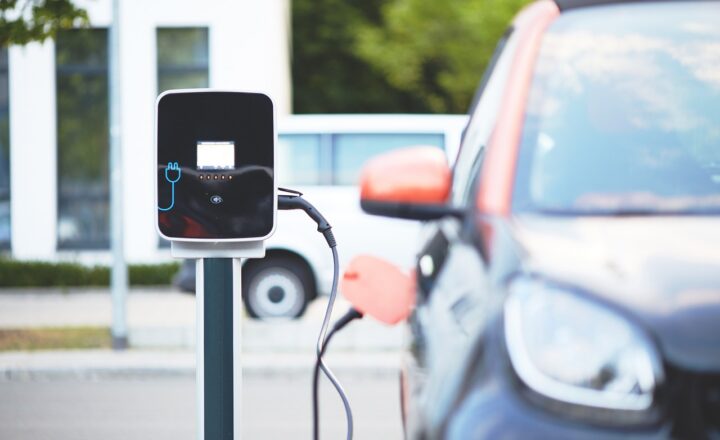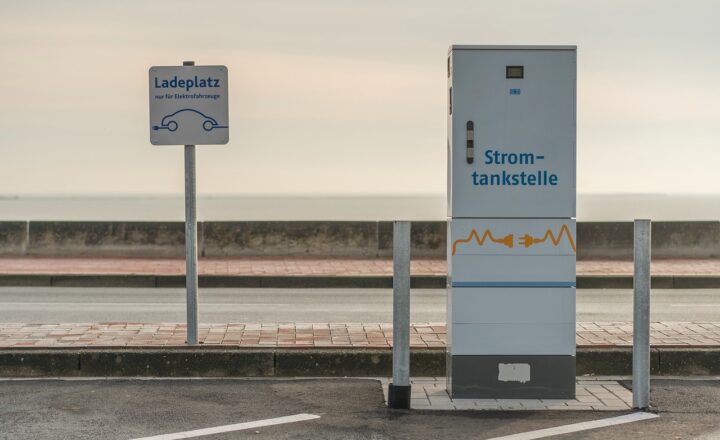The Rise of Electric Scooters and Bikes as Public Transit Alternatives
November 14, 2024

In recent years, urban transportation has witnessed a transformative shift, with the rise of electric scooters and bikes emerging as viable alternatives to traditional public transit systems. As cities grapple with congestion, pollution, and the increasing demand for sustainable mobility solutions, e-scooters and e-bikes have quickly captured the attention of riders, municipalities, and environmental advocates alike.
1. The Urban Mobility Landscape: A Growing Need for Change
The global urban population is expected to reach nearly 68% by 2050, exacerbating existing challenges related to transportation. Traffic congestion is on the rise, leading to longer commute times and increased air pollution. Conventional public transport systems, although effective, often face limitations such as overcrowding, long wait times, and inflexible routes.
As a response, many urban planners and transportation agencies have recognized the potential of small electric vehicles like scooters and bikes to alleviate congestion and complement existing public transit infrastructure. They represent an essential part of the future of urban mobility.
2. Electric Scooters and Bikes: The New Wave of Transportation
Electric scooters (e-scooters) and electric bikes (e-bikes) are changing the way people approach short-distance travel. Their compact size, ease of use, and environmental benefits make them ideal for commuting in crowded urban environments.
2.1 Convenience and Accessibility
E-scooters and e-bikes can be conveniently hired through numerous smartphone apps, providing users easy access to rental options. This has fostered a culture of shared mobility, allowing users to find a vehicle parked nearby with just a few taps on their phones. Riders can cover short distances faster than walking and with less hassle than conventional bicycles.
2.2 Environmental Impact
With a growing focus on sustainability, e-scooters and e-bikes provide a zero-emission alternative to gasoline-powered transport. They can help cities achieve more sustainable targets and improve air quality. Moreover, the electric nature of these vehicles contributes to reduced carbon footprints when coupled with renewable energy sources.
3. Integration with Public Transit Systems
For e-scooters and e-bikes to maximize their impact, they must seamlessly integrate with existing public transit systems. Cities around the world are piloting strategies that connect micro-mobility options with buses and trains to create a robust mixed-modal transportation network.
3.1 First and Last Mile Connectivity
One of the biggest challenges with public transportation is the ability to facilitate first and last mile connectivity. E-scooters and e-bikes provide a solution by allowing riders to cover distances to and from transit stations quickly. They help eliminate gaps that often dissuade people from utilizing public transit altogether.
3.2 City Partnerships and Regulations
Many cities have begun to collaborate with e-scooter and e-bike companies to develop regulations governing their usage. Initiatives may include dedicated parking zones, designated lanes on roadways, and robust safety measures to ensure the safe integration of these vehicles into the urban landscape. Cities are investing in infrastructure improvements to prioritize micro-mobility solutions, demonstrating a commitment to modernizing public transit options.
4. The Economic Benefits of E-Scooters and E-Bikes
The adoption of electric scooters and bikes is also generating economic benefits for cities and their residents. Job creation within the micro-mobility sector is rapidly increasing, from maintenance and service roles to technology and app development jobs.
4.1 Cost-Effectiveness for Municipalities
Investing in e-scooter and e-bike infrastructure is often more cost-effective than expanding traditional public transit systems. Municipalities can receive funding from various sources, including federal grants and private partnerships, allowing them to grow their transportation networks without incurring substantial costs.
4.2 Increased Local Business Revenue
The convenience of e-scooters and e-bikes leads to increased foot traffic in local businesses, contributing to overall economic growth. As more people choose these modes of transportation, local retailers and service providers stand to benefit from higher customer volumes, fostering support for the local economy.
5. The Future of Urban Mobility
The integration of e-scooters and e-bikes into the urban transport ecosystem presents a glimpse into the future of mobility. As advancements in technology continue to refine the capabilities of electric vehicles, we can expect further innovations, such as:
- Smart Systems: The implementation of smart traffic management systems that prioritize micro-mobility options can lead to safer and more efficient use of e-scooters and e-bikes.
- Shared Ownership Models: Various companies are experimenting with alternatives to traditional rentals, such as subscription services that allow users access to a fleet of electric vehicles for a periodic fee.
- Autonomous Micro-Mobility: The future may also encompass fully autonomous e-scooters and bikes, streamlining last-mile logistics and enhancing user convenience.
With such potential on the horizon, the transport landscape is undoubtedly set to evolve, paving the way for sustainable, efficient, and user-friendly urban mobility systems.
Conclusion
Electric scooters and bikes represent a significant step toward more sustainable and efficient urban transportation solutions. As cities strive to address congestion and environmental challenges, these vehicles will likely play a crucial role in shaping the future of public transit. With the right integrations, regulations, and infrastructure, e-scooters and e-bikes not only complement existing public transportation systems; they enhance our ability to navigate urban spaces more effectively, promoting healthy, eco-friendly commuting habits.
Embracing the rise of these micro-mobility solutions can lead to a cleaner, more connected urban lifestyle, making the journey not just about the destination but also about creating better cities for all.






